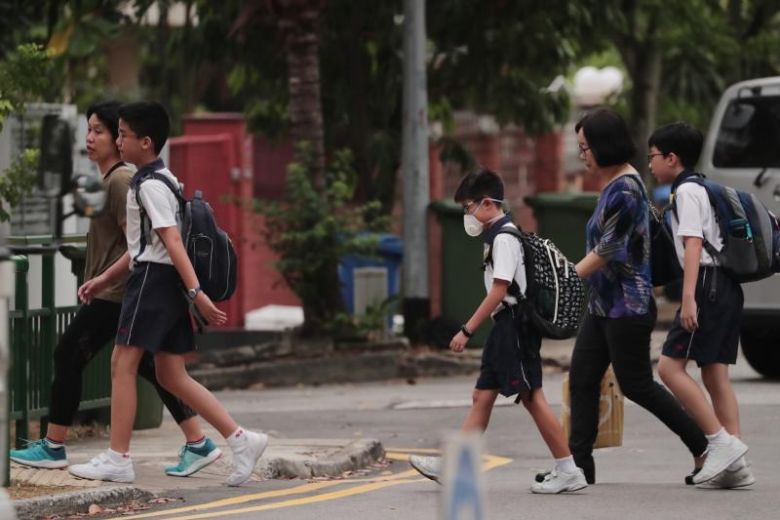Children face all sorts of challenges going to school. Many of these are obvious, such as lack of time studying, bullying, or even things like poor nutrition or domestic issues. But some are less obvious, and can be very insidious, such as poor air quality.
Studies have shown that poor indoor quality can have farther-reaching effects aside from respiratory ailments and allergies. Indoor air pollution in schools can have a negative impact on school attendance and academic performance.
For instance, a Chinese study on PM2.5 content in schools in China showed that children in schools with higher levels of particulates in the air resulted in more cases of asthma and hospital admission. Meanwhile, a study from Oregon showed that students taking exams at 72°F temperatures did better than those in 61°F and 82°F conditions.
In short, various indoor air quality metrics can have a direct effect on your child’s academic performance. In a nutshell:
- Air pollution causes inferior memory performance. A study from Health Affairs shows that high levels of nitrogen dioxide (NO2) results in a 7.37% decrease in memory function. It goes without saying that a strong memory is important for any student, and as a parent your concern over your child’s mental acuity is paramount. Poor air quality can have a serious effect on children’s mental performance and health.
- Poor air results in poor concentration. The higher levels of carbon dioxide (CO2) can cause children to easily lose focus during school. Excessive CO2 in the air is known to cause headaches, drowsiness and even confusion in people. Other environmental factors that can make it more difficult to focus include abnormal temperature and particulate matter levels. Too much CO2 affects your initiative, making it difficult to “think strategically” and “take initiative.” While it’s not immediately dangerous to your child’s health, it can reduce their performance at school greatly.
- Classrooms with inferior ventilation end up with worse exam performance. A study from the University of Tulsa showed that students in classrooms with poor air quality and inadequate ventilation performed an average of 74 points lower on exams. The study also shows that the conditions for children among people of color tend to be worse, and they are affected more than negatively on average. It’s unfortunate, but these poor air quality conditions can cause serious repercussions for any child; doing poorly in exams can limit their opportunities later in life.
- Poor air quality results in more absences. One of the biggest causes of absenteeism is asthma. All around America, asthma results in 14 million days of absence for children nationwide every year. Both long-term and short-term exposure to bad air can trigger asthma, and once there it’s a chronic condition that never really gets cured. And the more particles, smoke and other irritants in the air, the worse the asthma gets. In severe circumstances it can lead to an asthma attack, whcih can be life-threatening, and even if the child is given prompt medical care it is a very harrowing and frightening experience that could affect your child physically, mentally and emotionally for a long time.
Your child’s time in school will be one of the richest experiences of his or her young life. But it can easily be marred by the unseen dangers literally floating in the air of the classroom. Singapore’s classrooms aren’t air-conditioned and have open windows which let pollutants from outside settle in, where they linger due to poor ventilation. Be aware of these challenges, and there are ways to mitigate them. That, however, will be a topic for another day.

